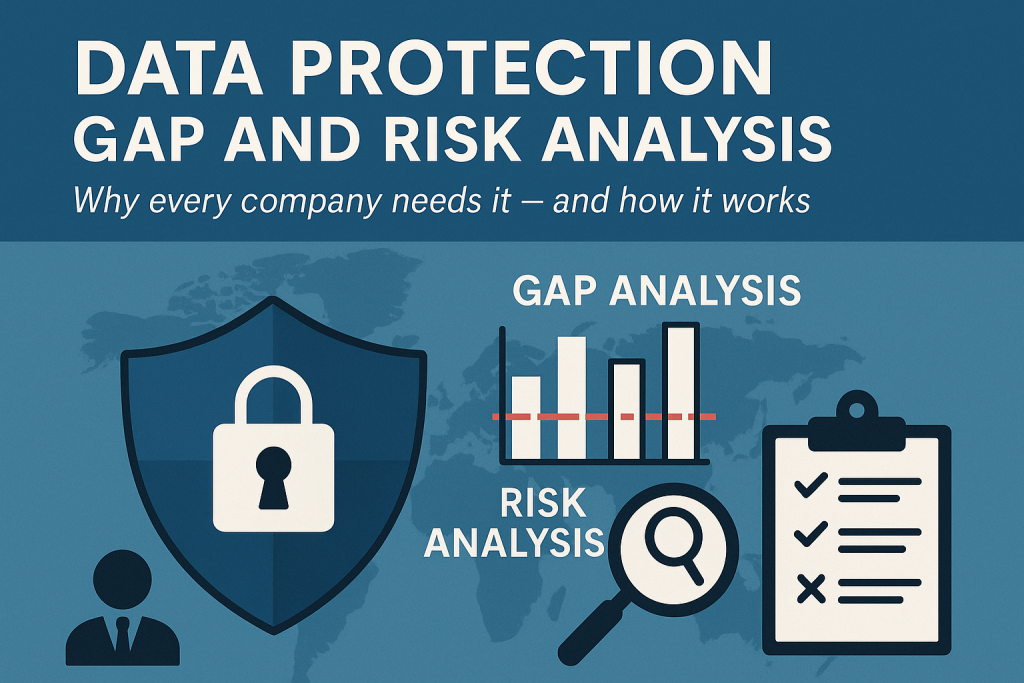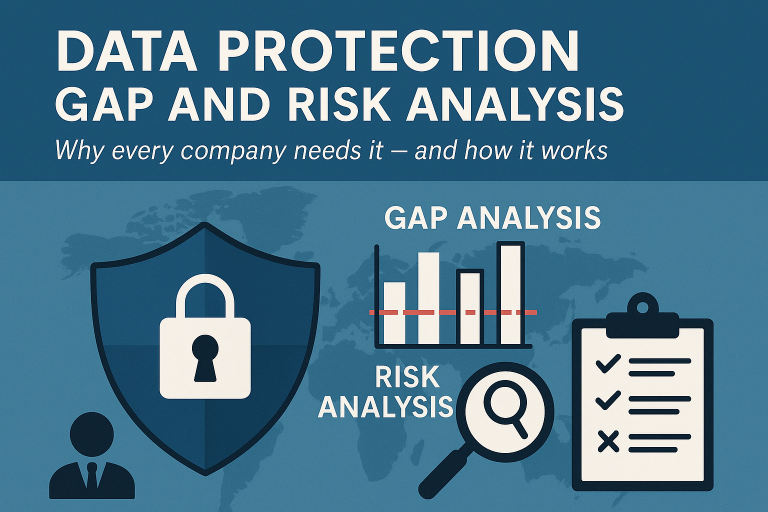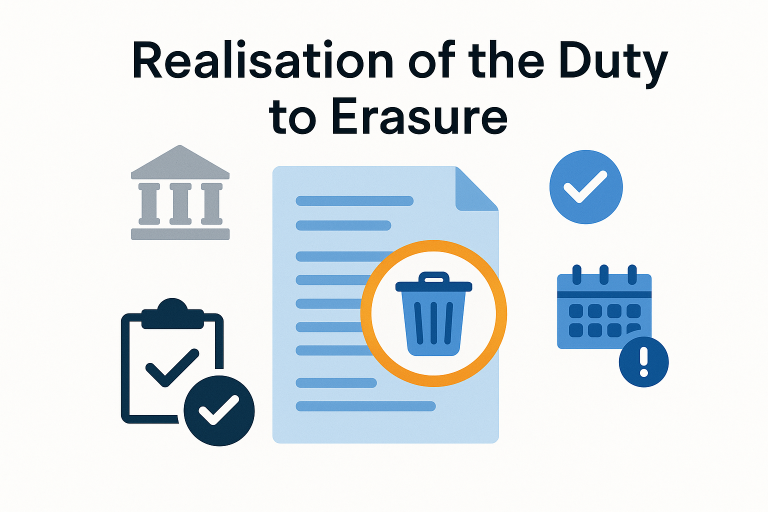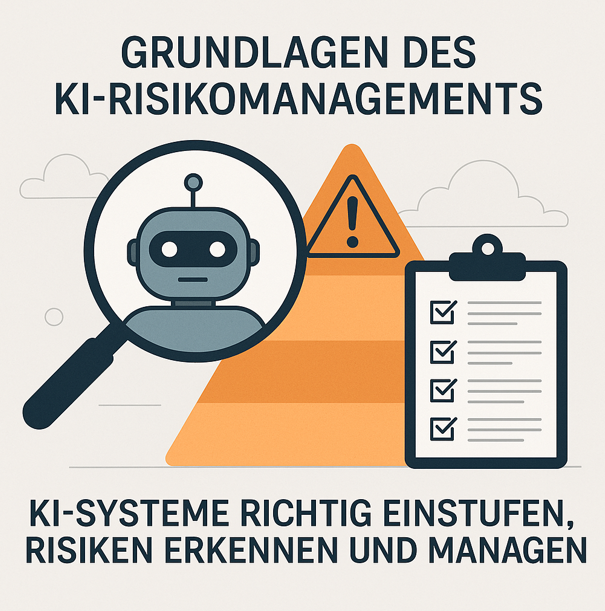At times when data is being called the “new gold”, data protection has become enormously important. The use of new technologies and the constant flow of information makes gap and risk analysis an indispensable tool for companies to ensure that they not only meet legal requirements but also maintain the trust of their customers.
What is a gap and risk analysis?
The gap analysis helps companies to identify where they currently stand with regard to data protection and what gaps there are in comparison with the legal requirements. They are the prerequisite for identifying deficits and managing risks.
Once identified, gaps become a manageable task. That is already half the battle. The risk analysis assesses the risk potential of identified gaps to harm the company itself. The focus is on potential data breaches and their consequences.
Risk assessment: What are the consequences?
Every gap entails a risk. In order to assess the risk and decide on measures, it is necessary to assess how likely it is that the risk will materialize and become, for example, a data protection incident, and what impact this may have.
With this risk assessment in hand, targeted measures can then be planned. Possible measures can be of a technical, legal or organizational nature.
The benefits of a thorough gap and risk analysis
Active risk management offers more than just legal certainty. Companies that invest here benefit from an improved image, trust-building among customers, and ultimately an optimized, data-based business strategy. In the digital era, a careless approach to data protection is not an option. A proactive approach, supported by thorough gap and risk analyses, positions companies as trustworthy and responsible players in the market – that’s a valuable competitive advantage in today’s business world.
Train employees – reduce risks in the long term risks.
Many data protection breaches result from human error. Regular training can significantly reduce these risks. This is also required by data protection law. According to this, companies must take appropriate measures to ensure the protection of personal data. Proper training of personnel is an essential prerequisite for meeting these requirements.
Additionally, training is useful for several reasons:
- Employees who are trained in data protection handle data more responsibly.
- Employees who understand privacy basics can make processes and procedures more efficient byincorporating privacy-friendly practices from the start.
- Trained employees can respond more quickly and effectively when data privacy incidents occur and take the necessary steps to remediate and report them.
Online training courses are therefore an integral part of PRIMA: entertaining tutorials provide information on phishing, password security, and much more. Including quiz and certificate for participants.
Gap and risk analysis: the bottom line
Regular gap and risk analysis is a central pillar for the responsible handling of personal data. However, it is at least as important to ensure that all employees are trained in data protection and that processes run efficiently during ongoing operations. For example, with data protection management software such as PRIMA.









